Bivongi (RC)
Monastery of St. John Theristis
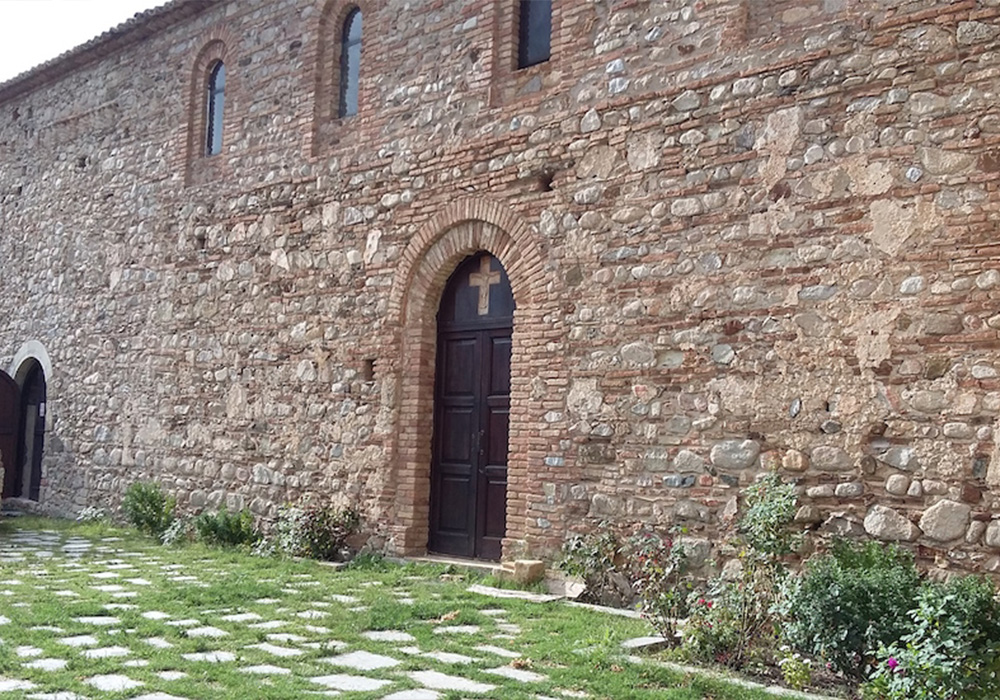
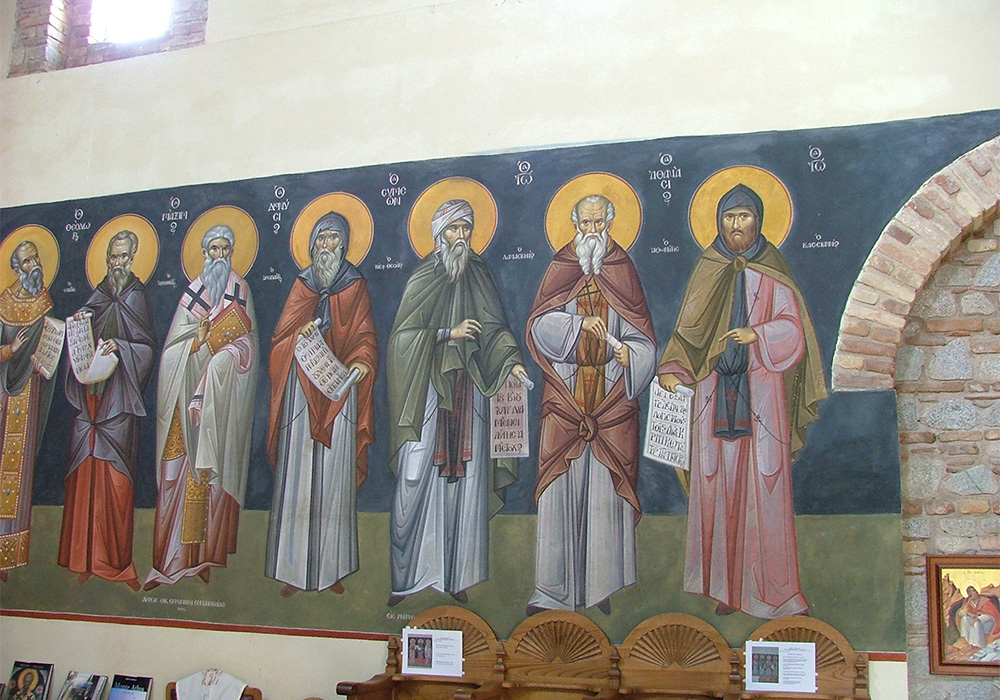
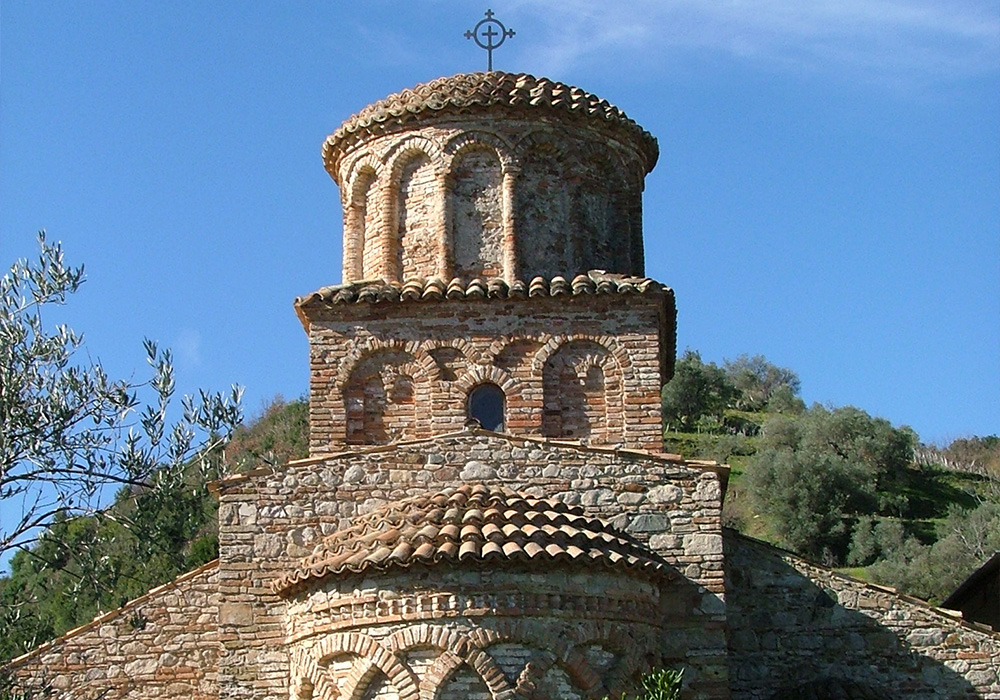
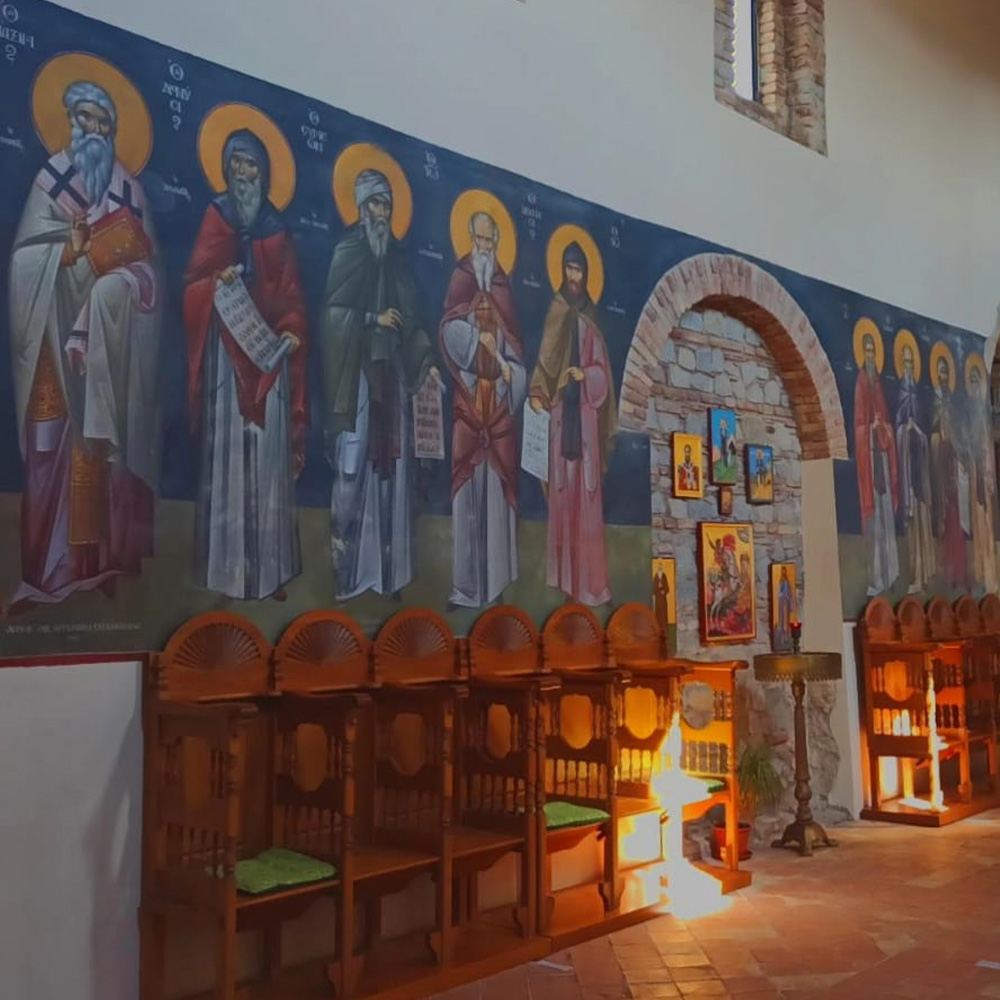
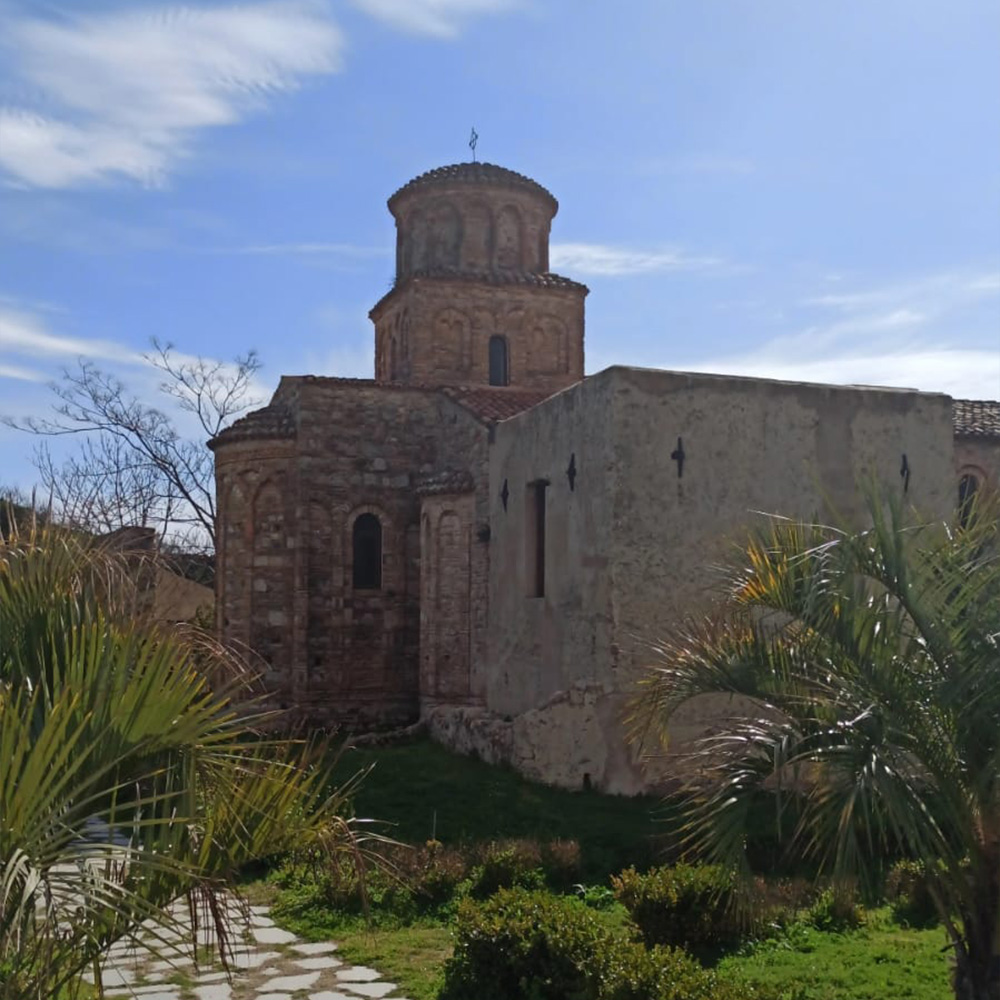
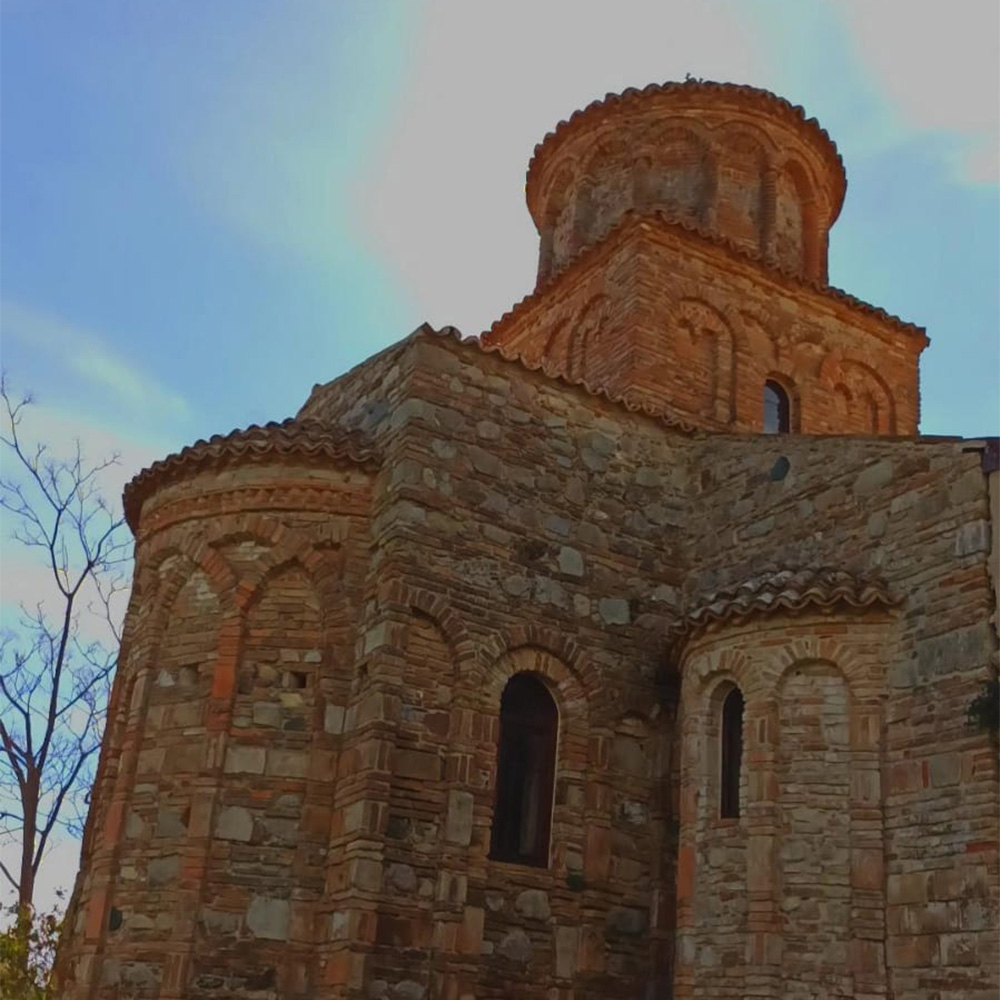
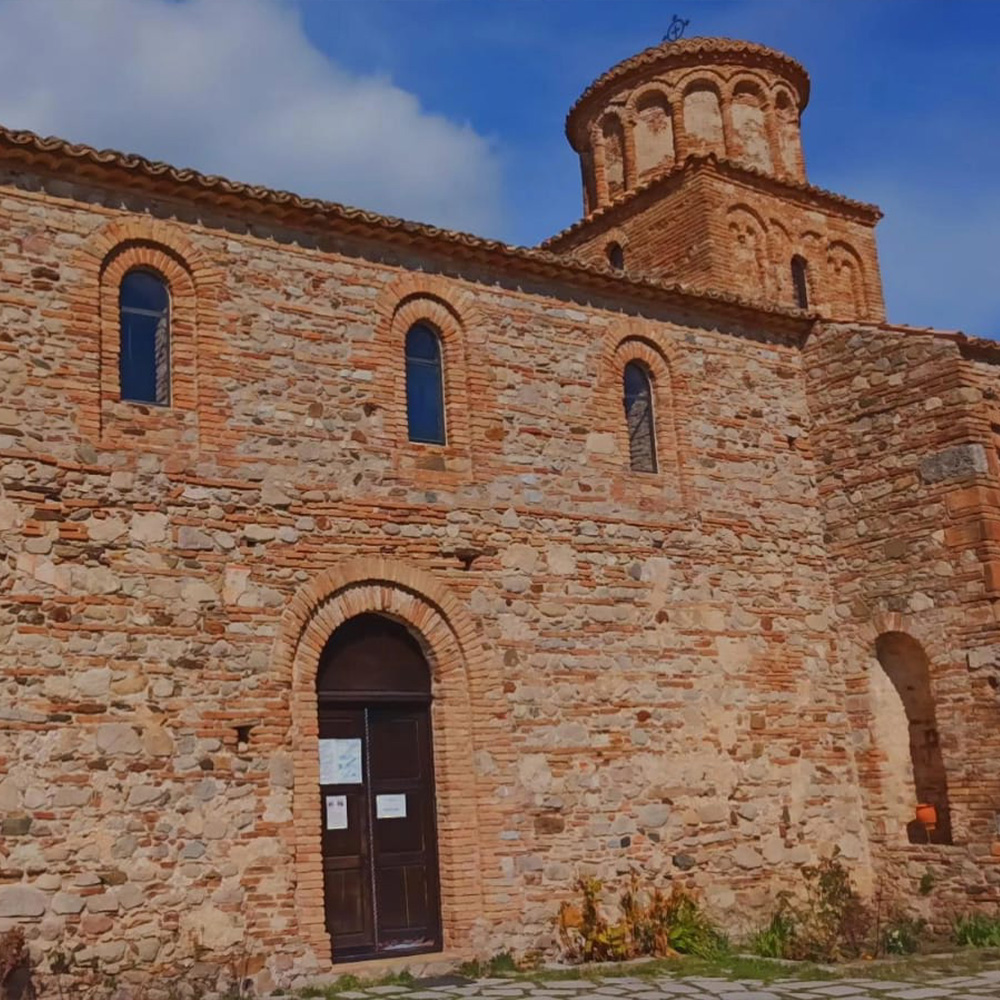
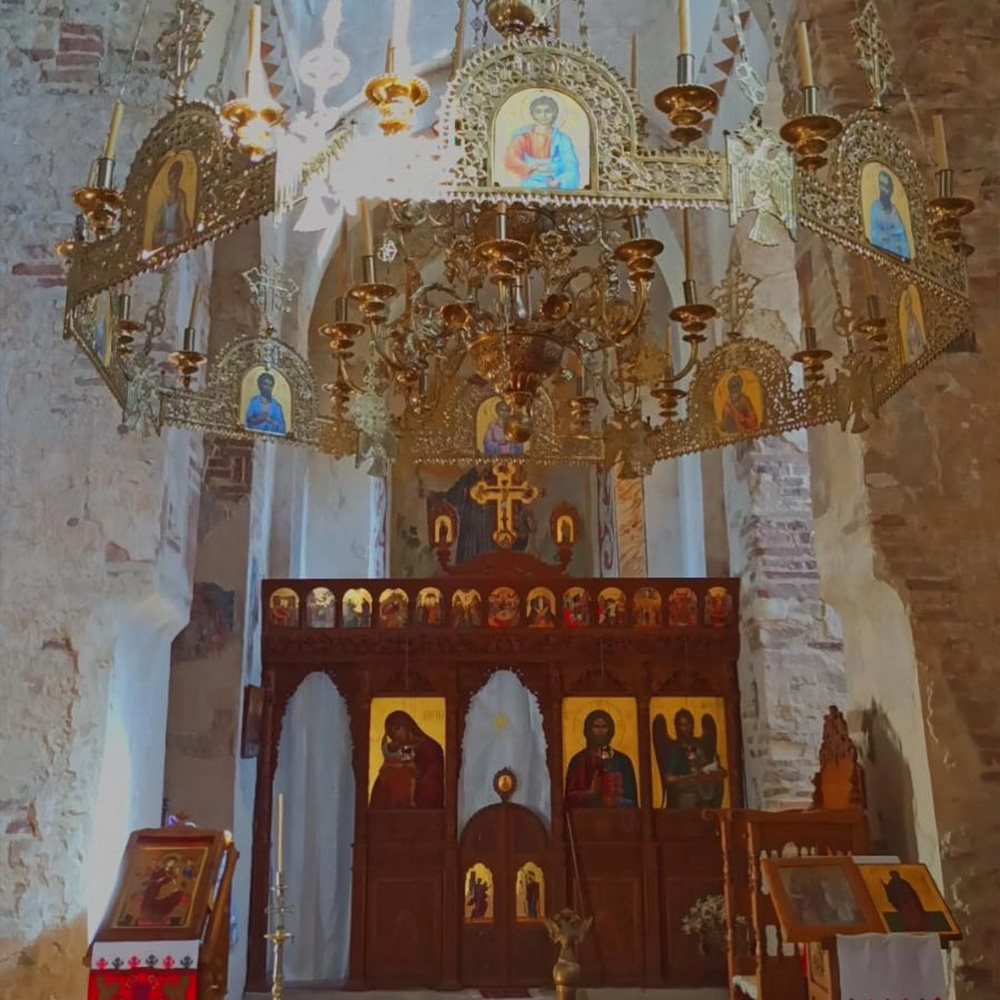
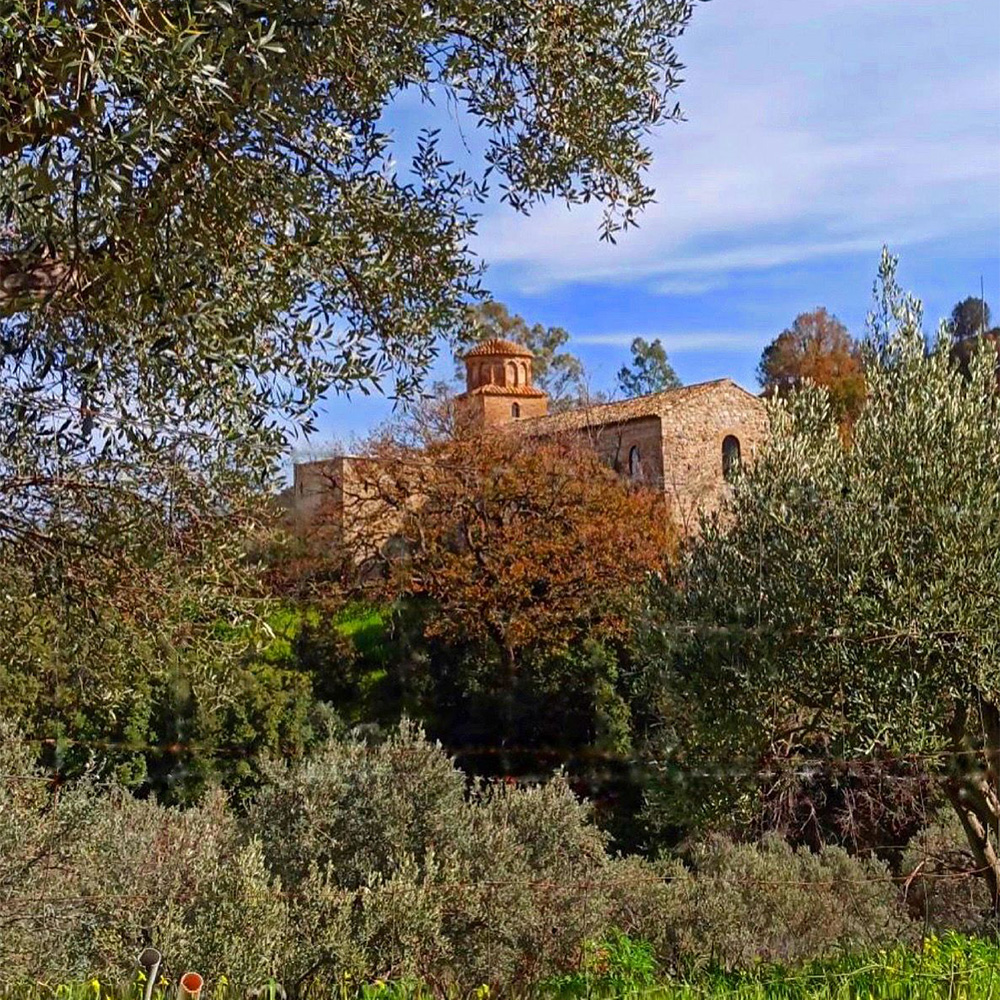
St John Theristis lived and worked in the Stilaro Valley in the 9th century. After his death, his places and his aghiasma (sacred spring) became a pilgrimage destination, giving rise, in the 11th century, to a Byzantine Monastery that, in the subsequent Norman period, established itself as one of the most important Basilian monasteries in southern Italy, maintaining its splendour and wealth until the 15th century. Its monks were learned and possessed a vast library. In the 17th century, due to numerous episodes of banditry, the monks decided to abandon the site for good and move to the larger Convent of San Giovanni Theristis Outside the Walls, in Stilo, where the Saint’s relics were also moved. In the early 19th century, following the Napoleonic laws, the building became the property of the municipality of Bivongi. In 1990, renovation work began, and in 1994, the first Athonite monks (from Mount Athos) began to live there permanently. In 2008, the municipality of Bivongi granted the use of the Monastery to the Romanian Orthodox Church, due to the lack of custody by the Greeks. The Basilica is a clear testimony of the fusion of Byzantine and Latin architectural styles: Norman elements can be seen throughout, in the four corner pillars closed by the arches supporting the dome; while, the Byzantine style is evident in the external masonry. Traces of frescoes depict St John Theristis. The interior is again rich in icons, paintings, frescoes and admirable sacred furnishings, such as the iconostasis and the splendid gold chandelier in the nave.
